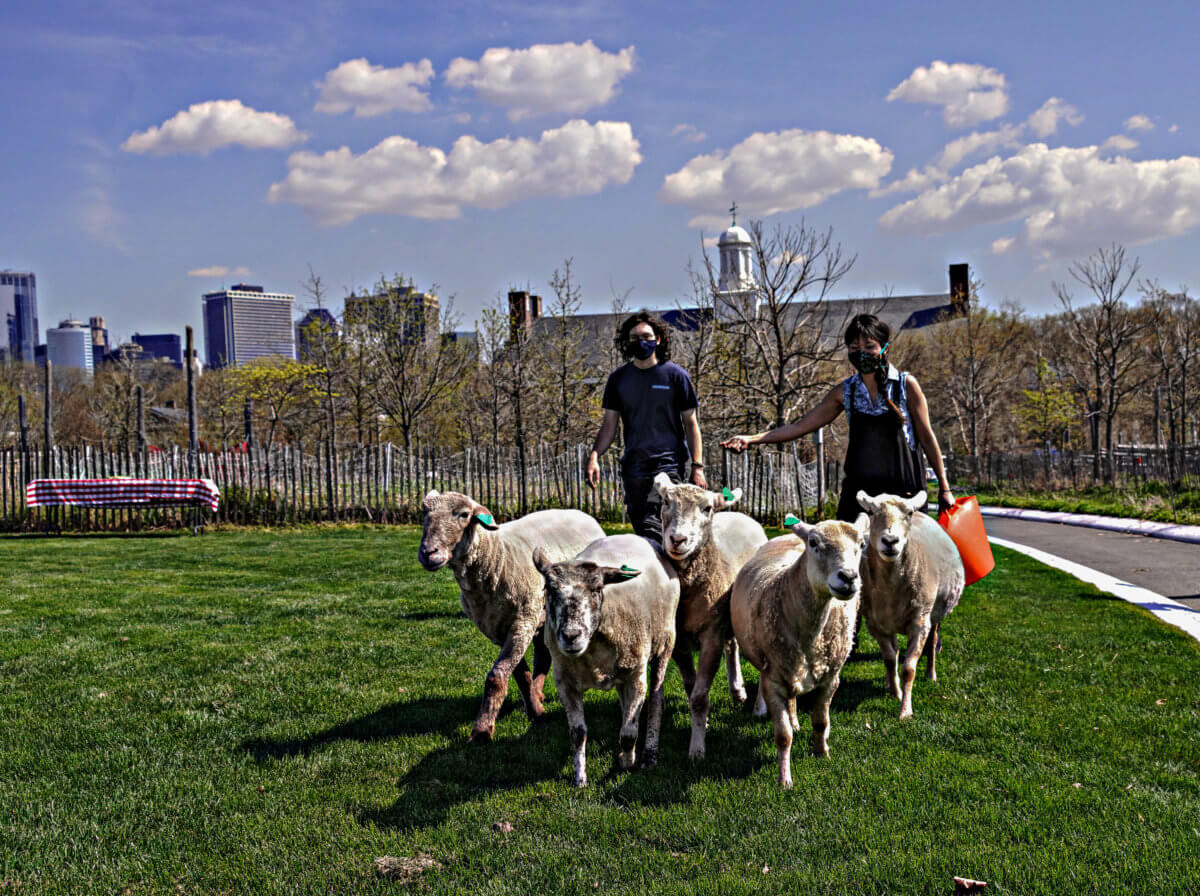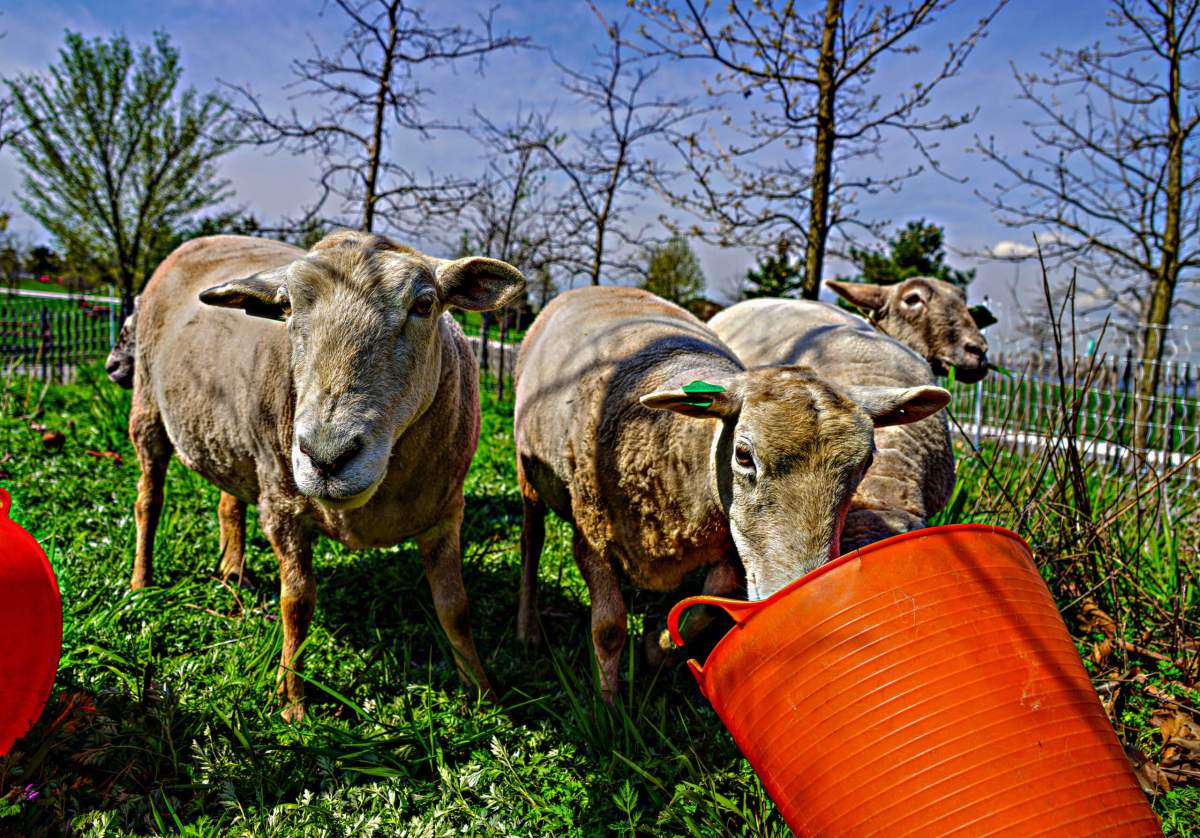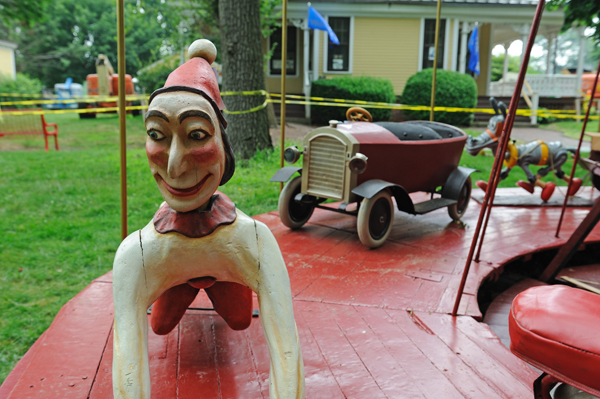New York has a new working family who are not sheepish when it comes to getting the job done right.
In an effort to combat mugwort and phragmites — invasive flora that swiftly engulfs grassland — the Trust for Governors Island has employed a family of sheep to naturally rid the land of these overgrown plants while also tapering down the meadow itself.
The trust must ‘shear’-ly hope for the success of the experiment involving five woolen heroes who will be fighting for climate justice, one grass munch at a time.
Making the trek all the way from Friends of Tivoli Lake Preserve and Farm in Albany, the flock of sheep took a “baa-rge” to Governors Island. Here the quintet named Flour, Sam, Evening, Chad, and Philip Aries are giving a whole new meaning to living at work.
They reside in their very own sheep shed at night and during the day they spend their work hours grazing in fenced-in paddocks. Once one area is nibbled clean, the herd is lured to a new area with grain.
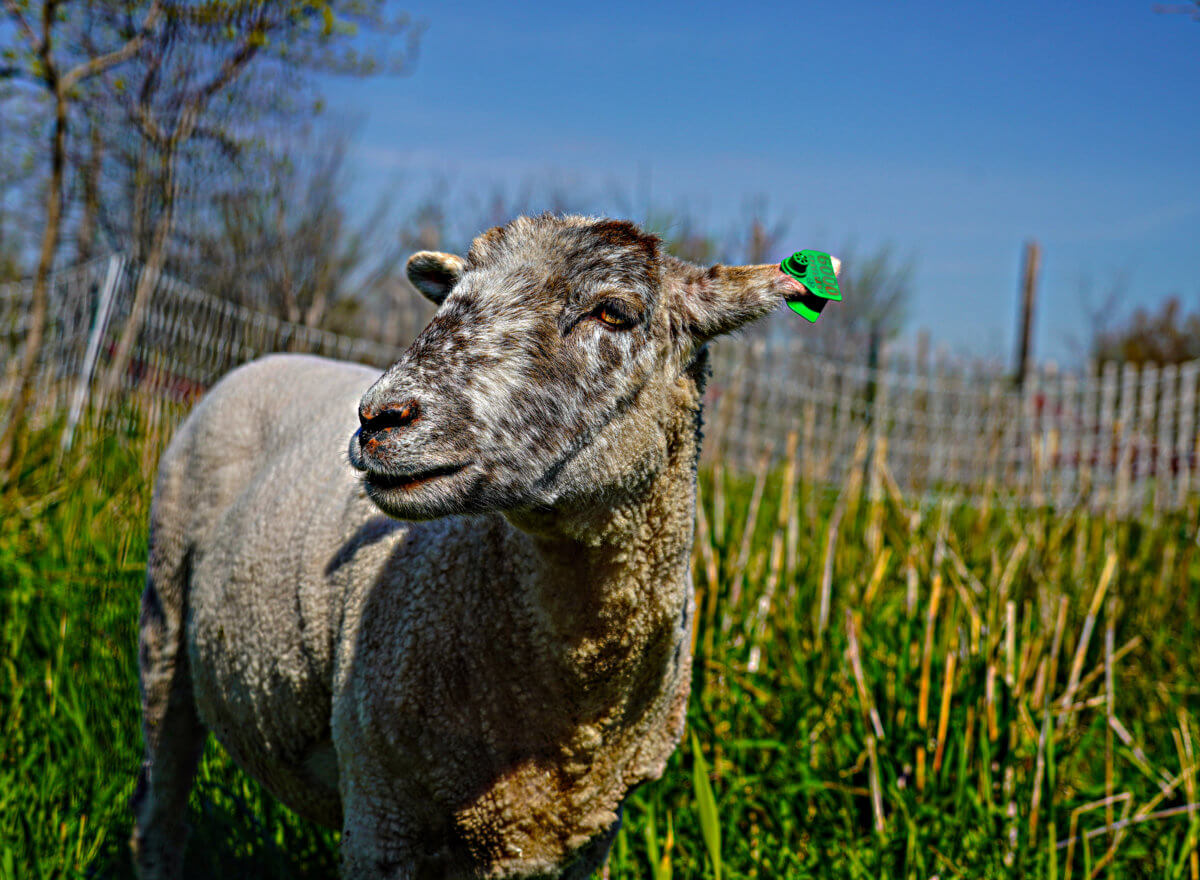
“This is an area where we have a young forest and the trees that have a constant battle with an invasive species called mugwort and phragmites, so while doing research they came up with an idea to bring in sheep to help eat those species to make sure the forest has a chance to thrive,” said Clare Newman, President & CEO at Trust for Governors Island.
As the woodland area is so large, the extent of manual labor needed to stop the spread of the aggressive plant life proved to be too much to handle for workers who did not want to damage the trees or use a herbicide.
With the sheep taking care of the baa-d mugwort and phragmites, workers are left to tend to the trees and flowers.
Few New Yorkers realize the ties sheep have to New York history. Central Park’s Sheep Meadow was named because of the many ovines that roamed the field for years. The sheep were moved out in 1931, at the height of the Great Depression, out of fear that they would be killed and eaten by hungry residents living in nearby shantytowns.
Prospect Park in Brooklyn also, for a time, had sheep roaming its grounds, serving as natural lawn mowers taking care of the pastoral fields.
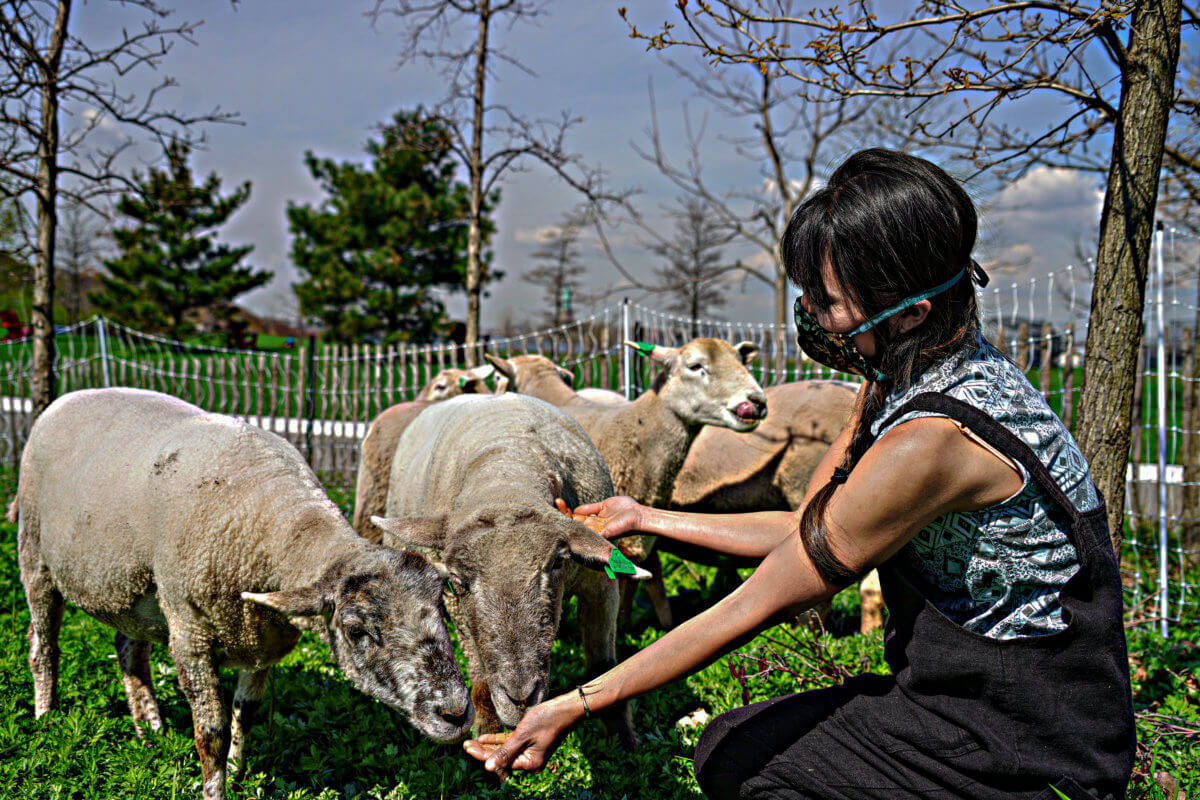
Kim Tateo, the original shepherd who brought the ovines to Governors Island from upstate says this is the first time they have shared the animals with an outside project, so it was nerve-racking for her, but since the sheep have been trained to work well with people it was a smooth transition.
Tateo hopes that this could be a stepping stone for more eco-friendly ways to fight invasive weeds and plant life.
“It is really exciting to see those non-invasive methods can be used to actually help restore the ecosystem, by doing their natural thing of eating and grazing,” Tateo said.
The sheep family follow workers with gain, so when it is time for them to be moved, a team simply leads them to their new spot with orange buckets. The sheep arrived on April 7 and are expected to stay until the end of August, when they will then return home. With Governors Island opening back up to the public on May 1, they may gain many new admirers throughout their tenure.
amNewYork Metro attempted to get an interview with a member of the sheep family, but they would not provide comment. Given their close proximity to the Financial District, they seemed more interested in The Wool Street Journal.
